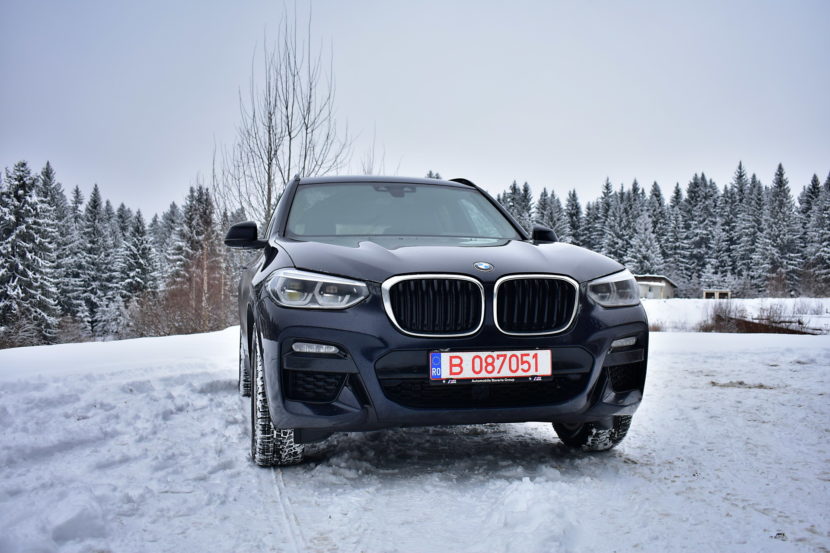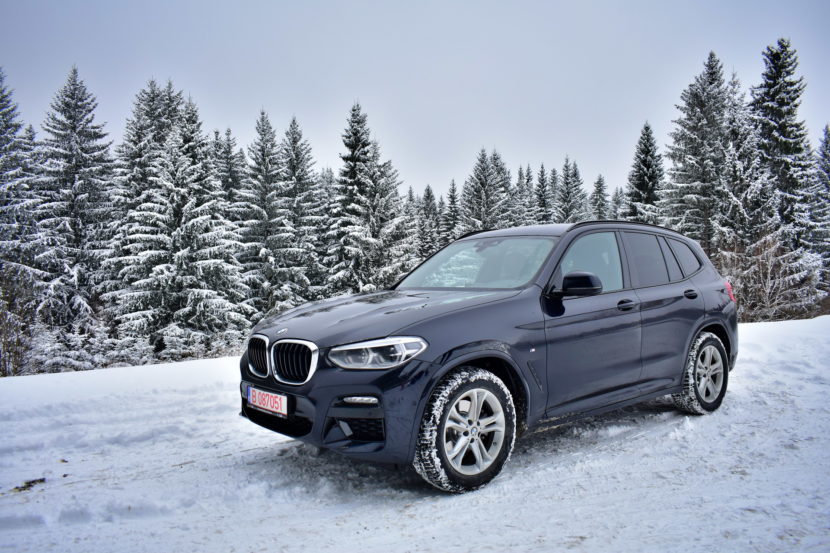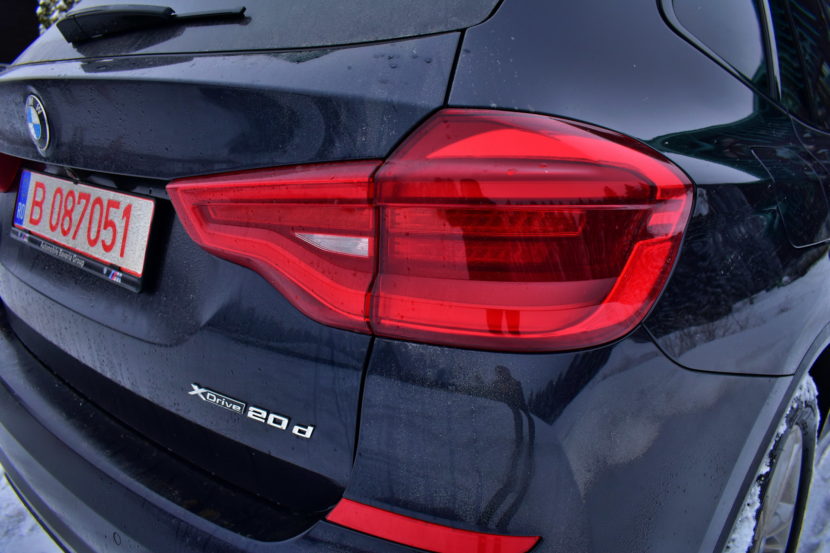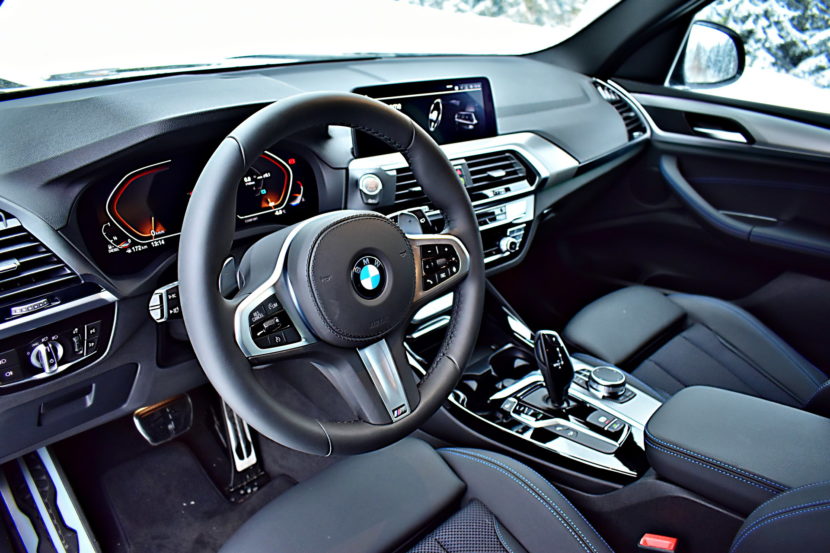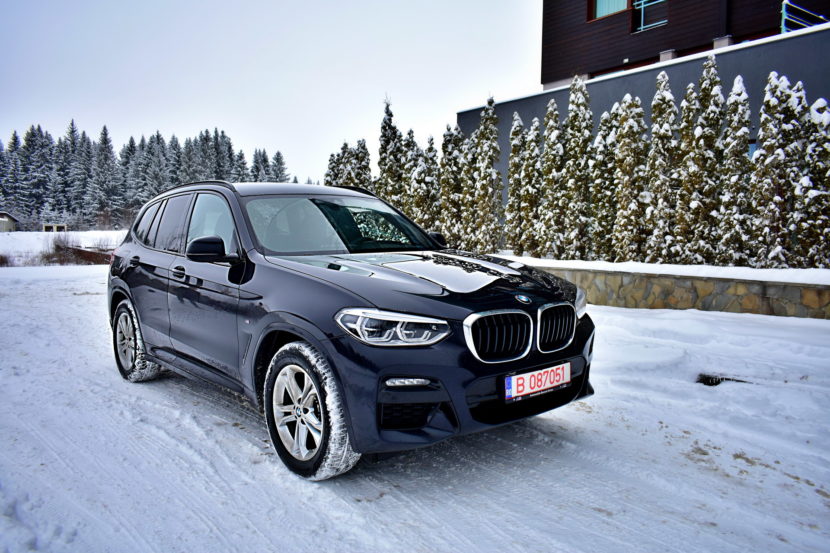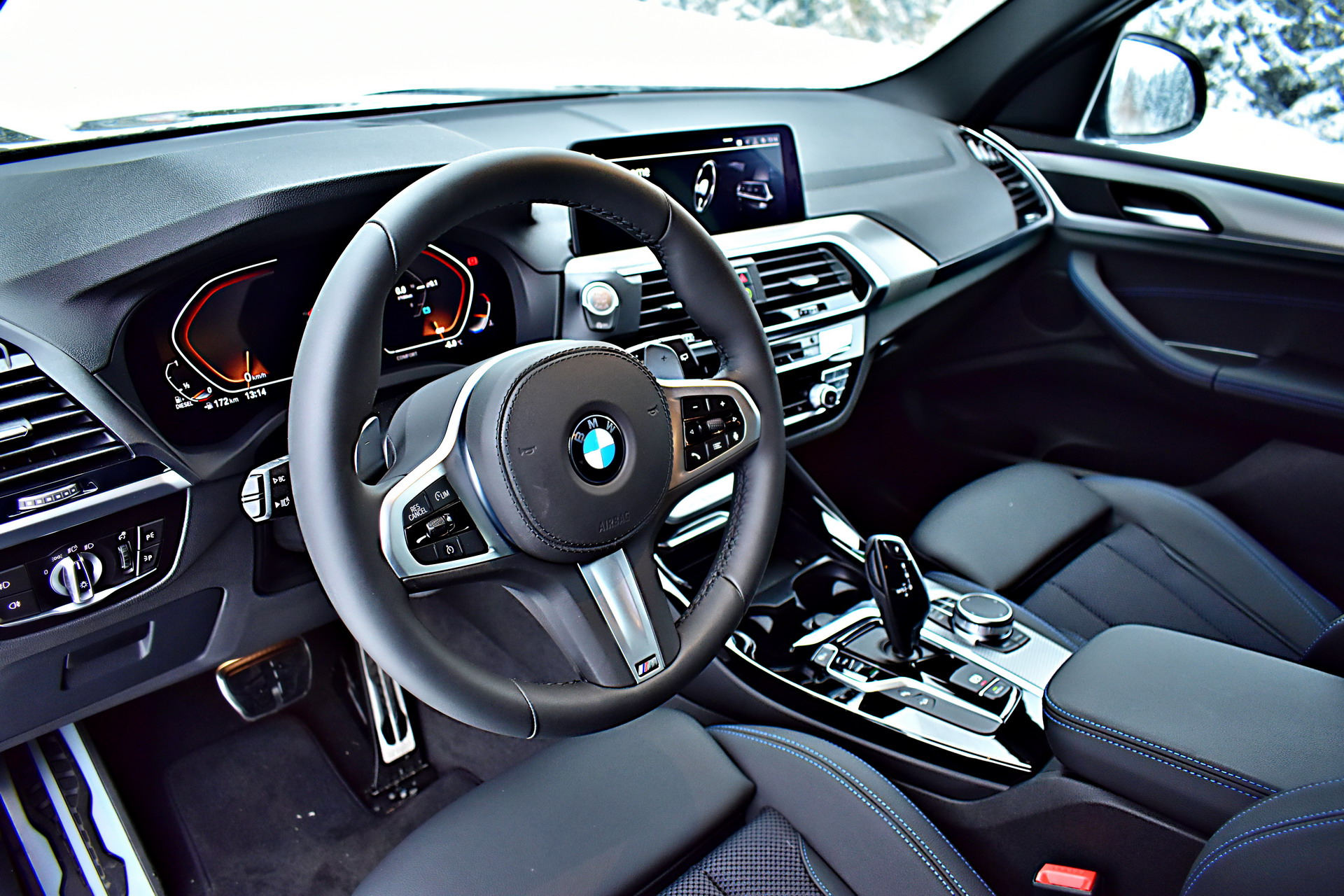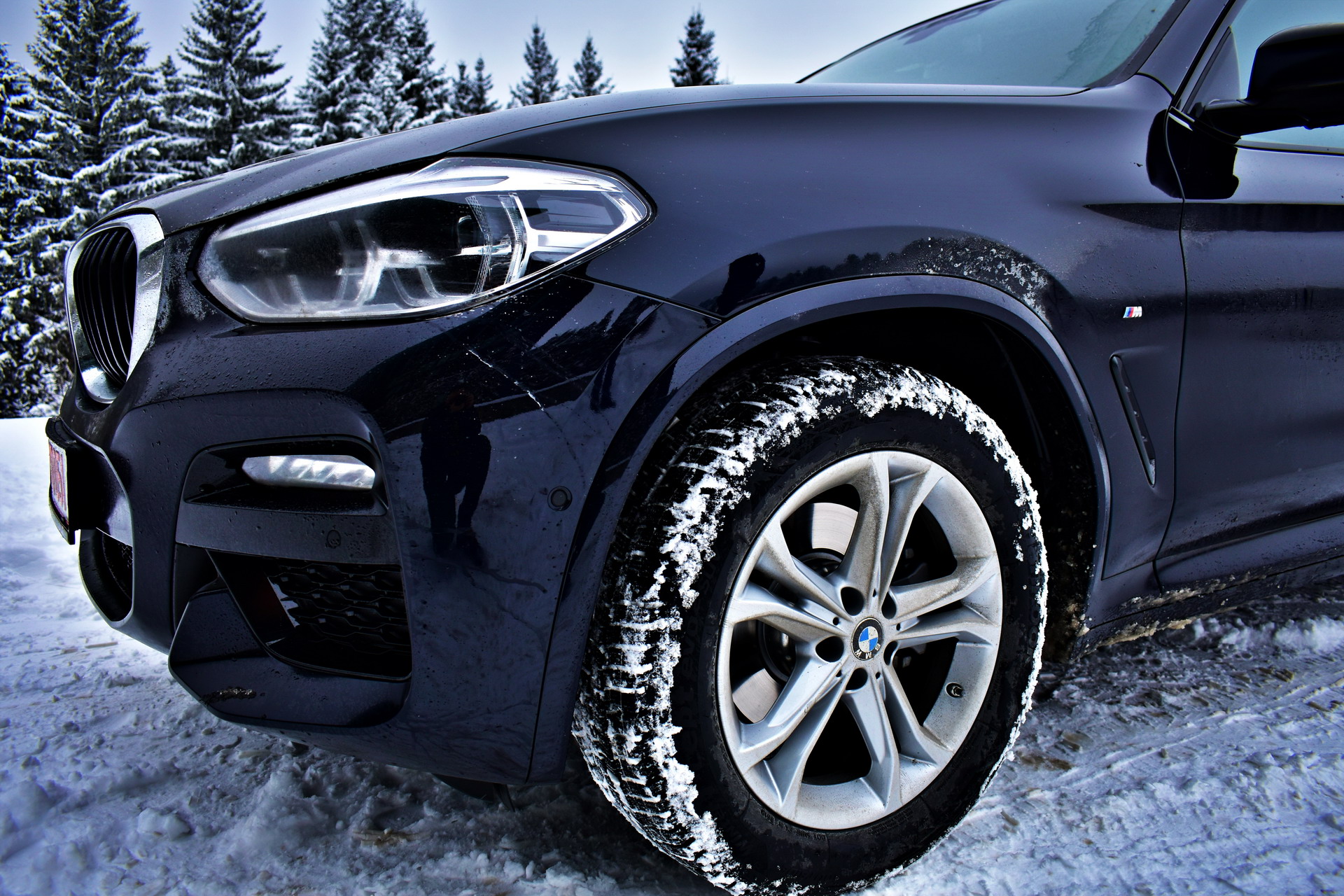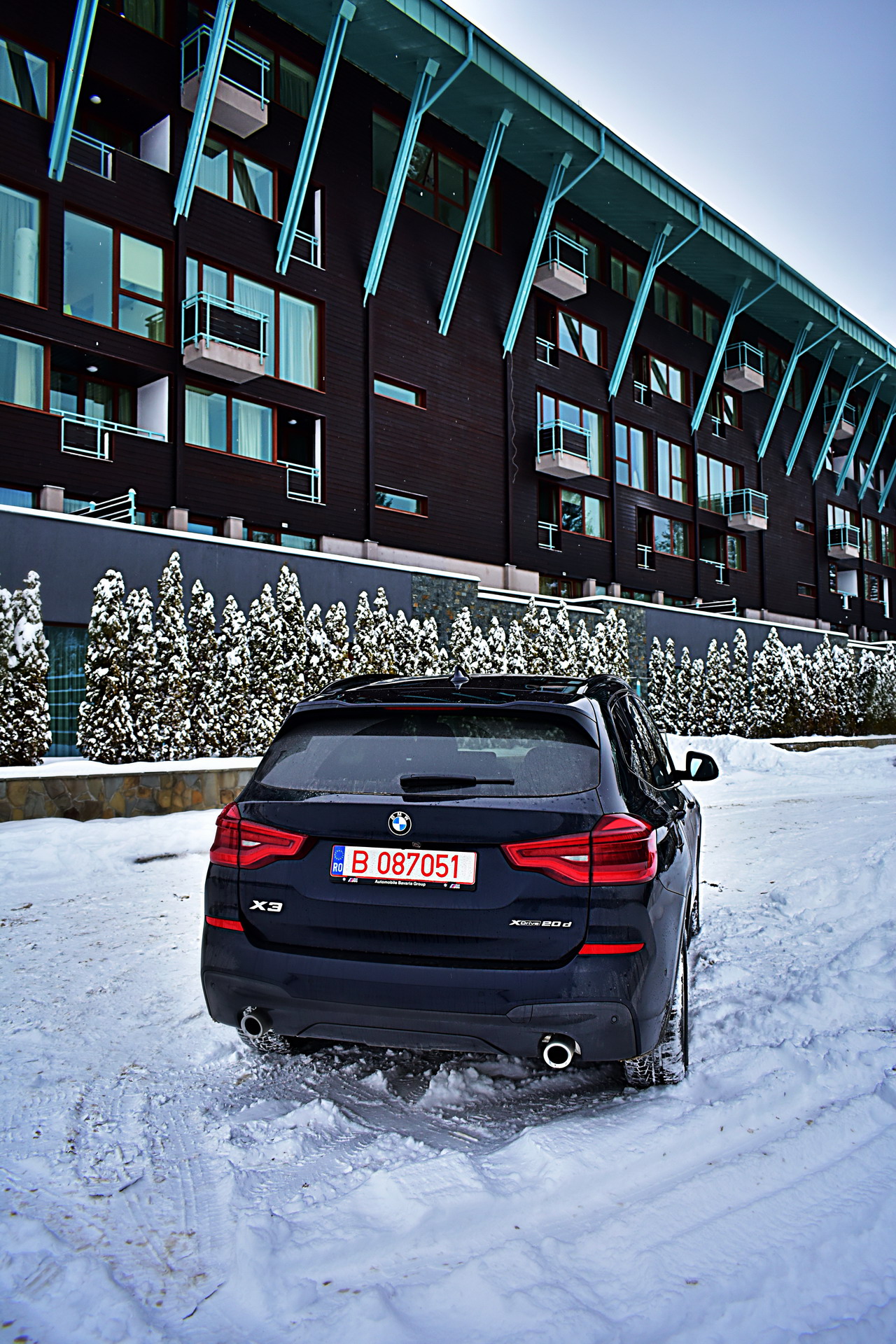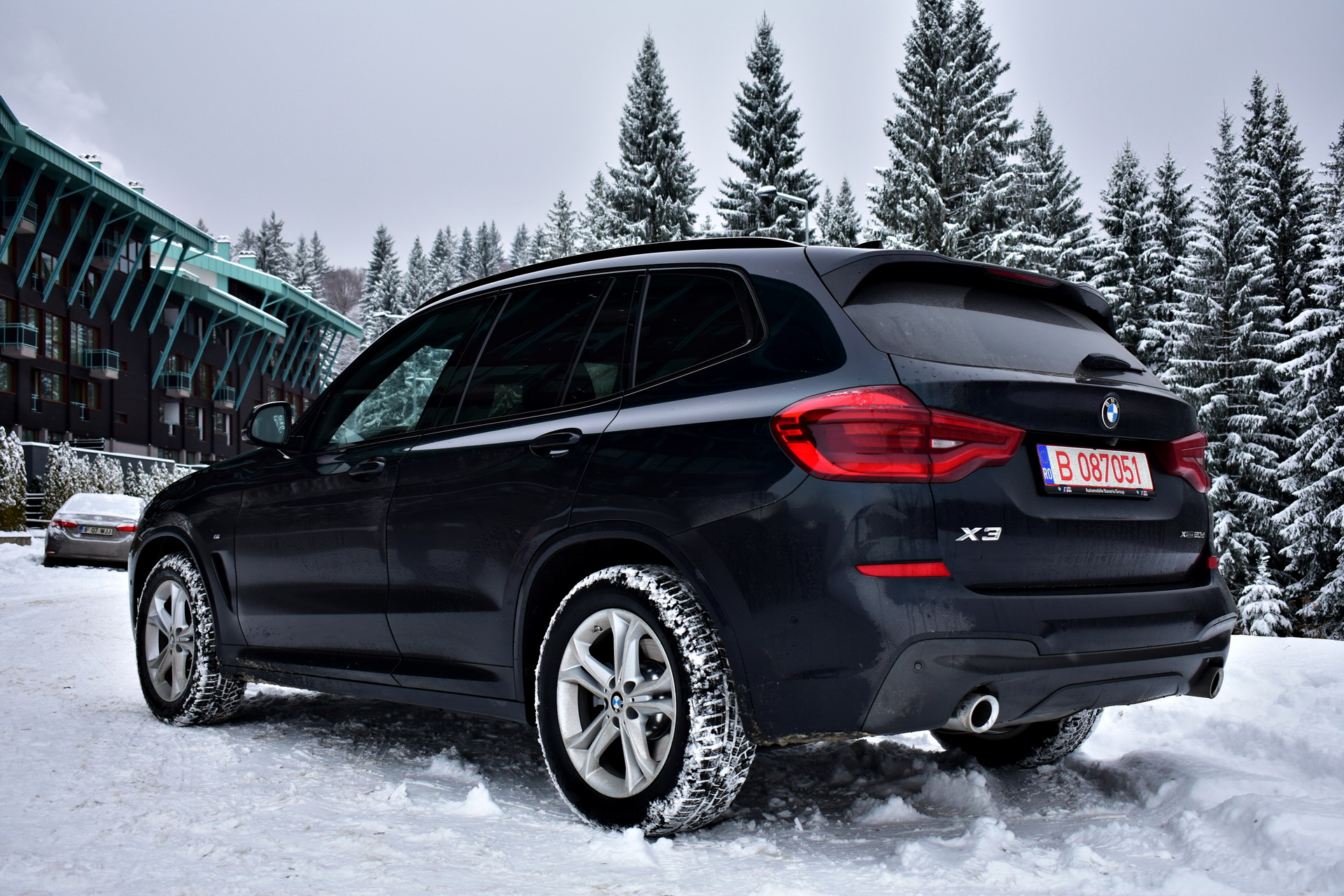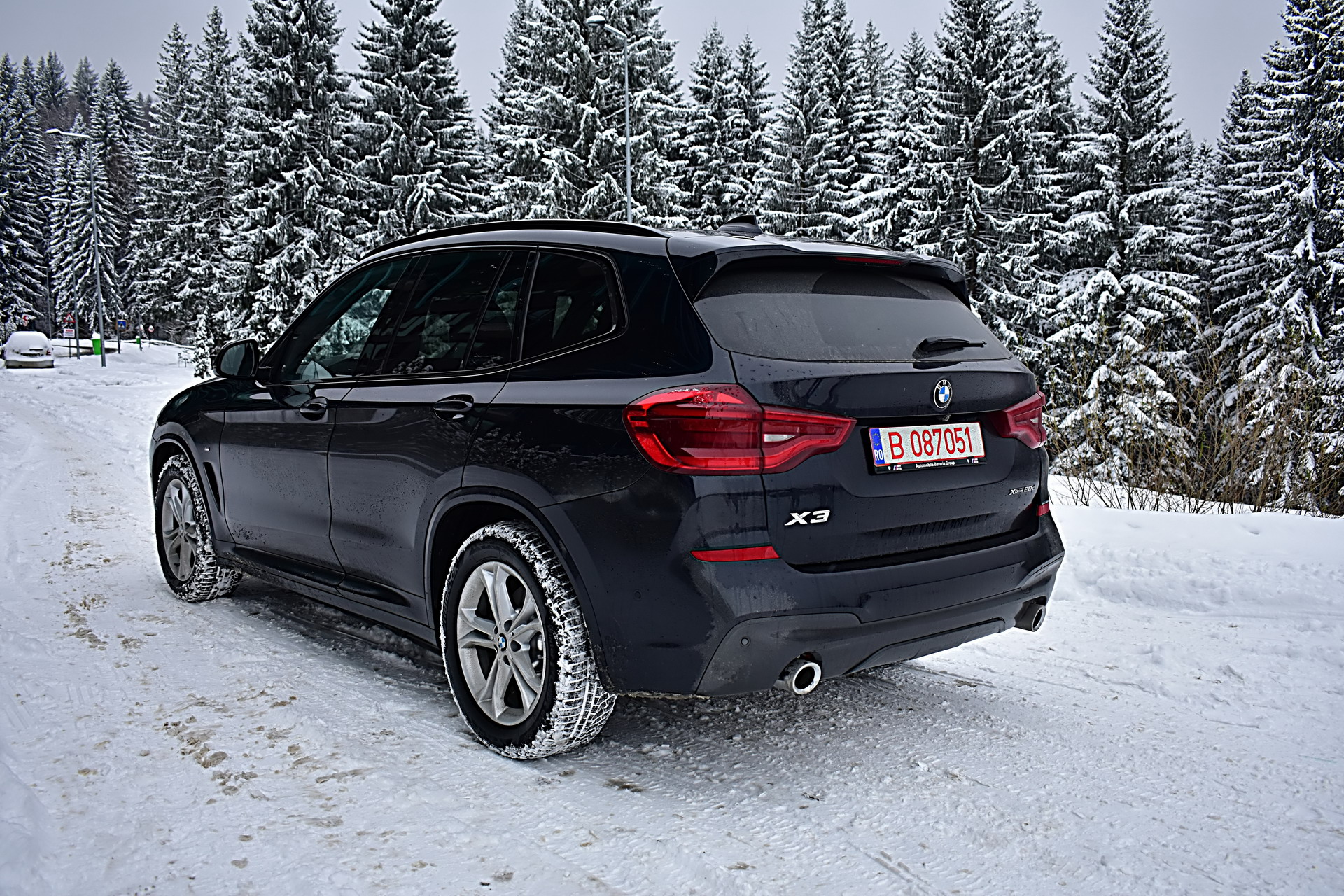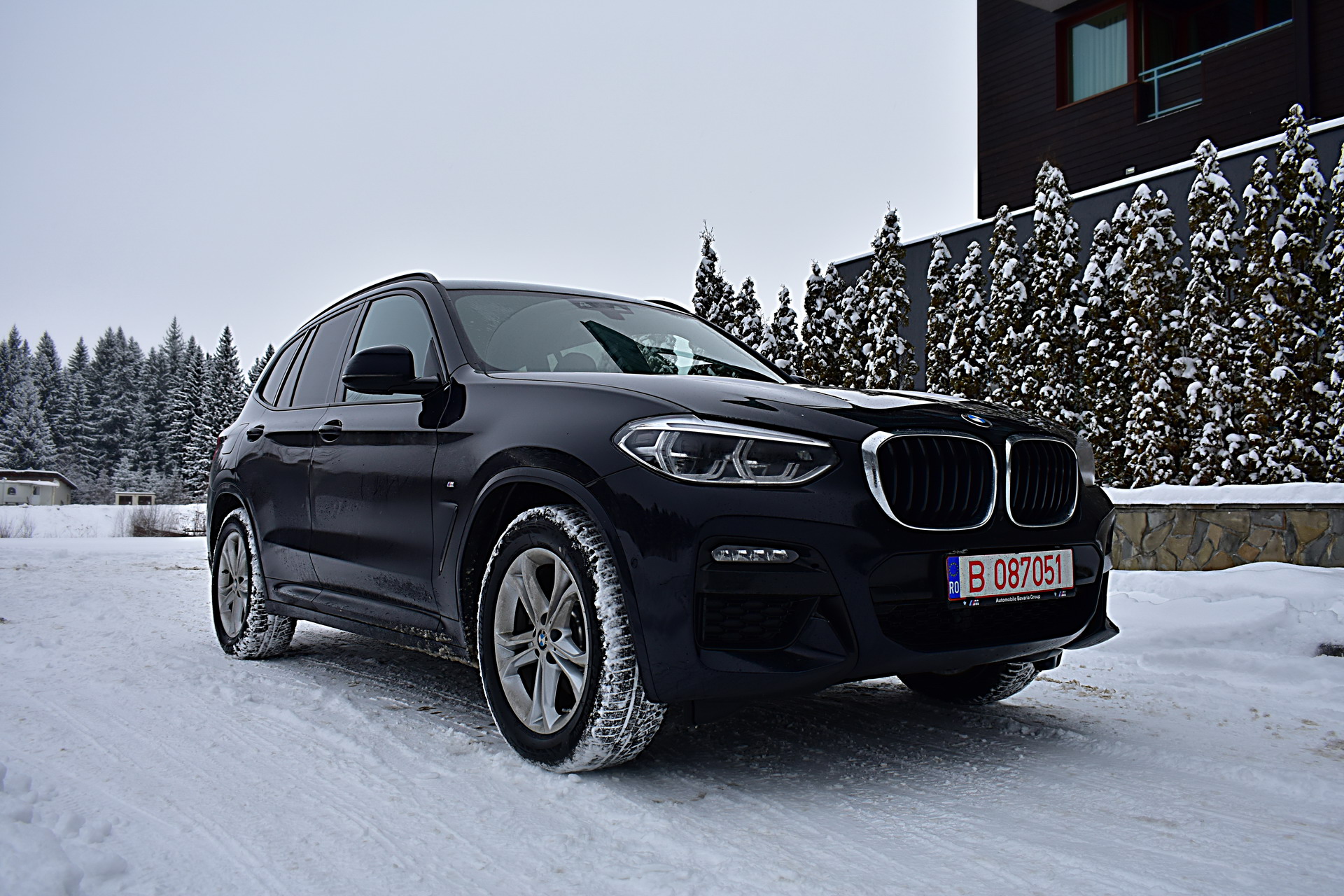The G01 generation of the BMW X3 has already been on the market since Summer 2017. By 2021, when it is programmed for the Life Cycle Impulse procedure, the premium midsized SAV will have a tricky challenge to accomplish with the third generation of the Mercedes-Benz GLC lurking in sight and the Audi Q5 facelift already on the market.
BMW X3: The Pioneer Of Its Class
BMW came up with the X3 solution back in 2003. The constructor was entering a flourishing period back then and was actively looking to establish new market segments. The X3 came up as a mobility solution for those who wanted to have a high-riding vehicle, not as large as the X5, but which was also suitable for daily city use. The X3 invented the medium class Sports Activity Vehicle and can be considered the absolute pioneer of its segment.
Although some were skeptical at that moment in the past, the BMW X3 proved them with its solid success among clients. In 2010, a second generation came into force. While the E83 generation was a bit of a weird looker with its Bangle-inspired styling, the F25 model that followed was improved in all aspects.
Both the first and second generations of the X3 are a constant presence here in Romania, highlighting once again the success of the SAV. While the second iteration can be seen as an evolution of the original X3, the third generation, entitled G01, is the ultimate revolution of this model. The midsized SAV has become even more attractive and crisp, exuding a new styling philosophy which signaled a new design direction for the BMW SAV portfolio.
Ride and overall driving feel: Mixed sensations
The G01 X3 sits on the new CLAR (Cluster Architecture) platform that was premiered on the G11/G12 7 Series in 2015. The new technical underpinnings are a welcome addition for the X3, bringing in a decisive plus in the comfort and agility departments. While the F25 generation was not a BMW in the true sense of the wording with its rather numb and uninspiring on-road performance, the third iteration of the X3 seems to have made its homework properly.
The new X3 feels more solid when driven and offers a decent level of agility, also given the proportions of the vehicle. Don’t expect from it the performance of an M vehicle or the classy ride that the X5 is known for. The X3 is a compromise between comfort and driving dynamics. It behaves decently in the COMFORT and ECO PRO modes of the chassis and powertrain, but it can also add a bit of oomph if driven in SPORT mode.
The BMW X3 xDrive20d I drove a few days ago was powered by the B47 diesel engine with 190 PS (187 hp), which is a good engine for mostly all applications. I also came to know more of this engine in the 3 Series Touring I tested back in November. It is an all-rounding engine, with a good resource of power and decent level of torque. On snowy roads like the ones I traveled on, the xDrive rendered the car with a safe and predictable behavior.
For Romanian roads, I feel that when buying a new car, you must always consider the all-wheel drive choices. They may be pricier to purchase, but I can guarantee that the extra price you pay is money worth spent. At least, the xDrive technology really deserves every single penny in all its applications, whether is my old E60 525xd or this brand new X3 finished in Carbon Black and featured in M Sport package.
However, while others might find the X3 xDrive20d as the proper choice, I find it marginally unsuitable for such a vehicle. While the X3 is not an X5, it still is a car that weighs over 200 kilos more than a corresponding 3 Series with xDrive. The high center of gravity does not make it better either, as the car seems to struggle at times when accelerated. Nonetheless, the X3 xDrive20d is the practical choice, with mostly any quality that an average driver is looking for.
But, as I don’t consider myself the average driver, if I am to buy an X3, I would never go for the 20d version, as it seems a little underpowered. Not to mention the brutally underrated 20i version. The first choice that comes to my mind is either the xDrive30i version or the plug-in-hybrid xDrive30e. In the diesel category, I would definitely go for the straight-six options: either xDrive30d with 265 PS (262 hp) or even the M40d variant with 326 PS (322 hp).
To sum up, the X3 behaved better than expected, although at some points I was a bit let down by the poor rear visibility and the wide A-pillars, which obstructed my view considerably. I have to note that the car was only equipped with the rear-view camera, so no front and remote view cameras were available to make things a little better. The X3 can be seen as a bigger 3 Series, but when it comes to driving performance, it lags a bit behind the similar G20/G21 siblings.
Best in class? Probably.
The X3 was all alone in the class until 2008, when Mercedes-Benz and Audi came up with their back-then GLK (to become GLC from 2015) and Q5 contenders. The Ingolstadt opponent is already undergoing testing prior to the unveiling of the facelift model. The GLC already received a refreshment in 2019 and is due for a new generation in 2022, one year after the G01 X3 gets its LCI treatment.
In terms of ride comfort and sportiness, the X3 is the best of the three. Having driven all of them, the Bavarian is the most versatile and spectacular model of the three. Secondly, the Audi Q5 tries to find the best balance, but it still is not on par with the X3. The GLC, on the other hand, is the most bland and uninspiring example of a premium mid-class SUV. Its chassis offers no sensation at all, no fun, nothing – just a plain driving experience.
Having been on the market since 2015, the Merc can be described as the oldest of the three, while the X3 is the newest. In all aspects, the Bimmer is the better choice: build quality, ride and premium feel. Where the GLC feels cheap and old, the X3 comes to show you a new perspective. Its traditional, driver-oriented dashboard is the most refined blend of digitalism and classic design. The Q5 somehow shares a second position here with the GLC, with its decent and correctly shaped interior.
The X3 emerges victorious in the technology category as well. BMW is known for its approach to quickly spread its newest systems and assistants across the entire range of models. The tested X3 was specced with the range-topping BMW Live Cockpit Professional, which offers maximum versatility, great visibility and perfect usability. As well, the cabin of the BMW X3 is the best when it comes to build quality and premium feel and perception.
So, is the X3 the best choice in its class when confronted with the GLC and Q5? Probably. Most would say certainly.
The Verdict
The BMW X3 still is the defining trendsetter of the segment it created back in 2003. It might not be all alone now, with many competitors looking for the crown, but the G01 generation still manages to make a good impression. The main positive aspects are the improved chassis and comfort level, the decent driving agility, the impressive tractive force of the xDrive system, the superior assembly quality, the rigorous and ergonomic dashboard, the generous and practical cabin which offers a comfortable ride for all passengers, the remarkable digital and technological equipment and the overall perceived premium feel.
Would I buy one? Most likely, yes, if I were not that fond of the G02 X4 looks. Would I buy one over an Audi Q5 or Mercedes-Benz GLC? Absolutely. So, I feel the X3 is still trendsetting king of its class.




